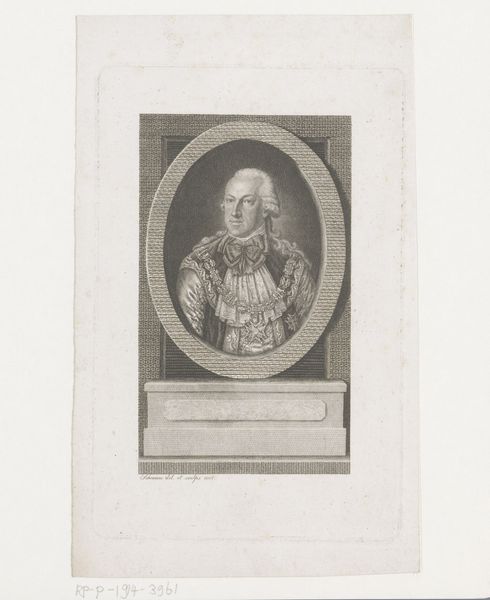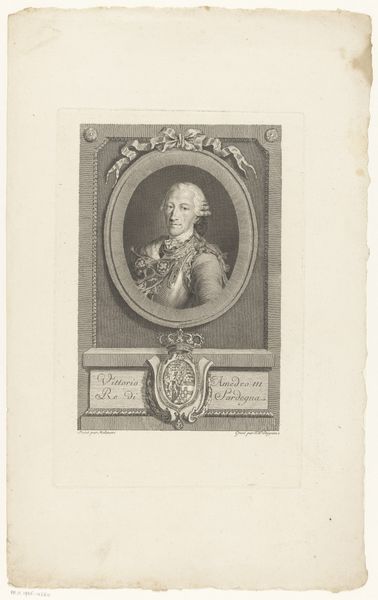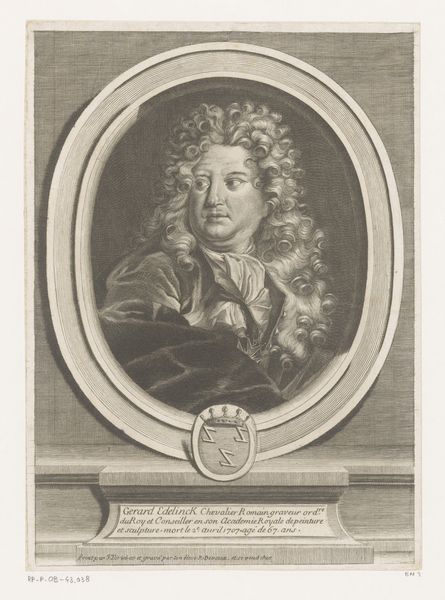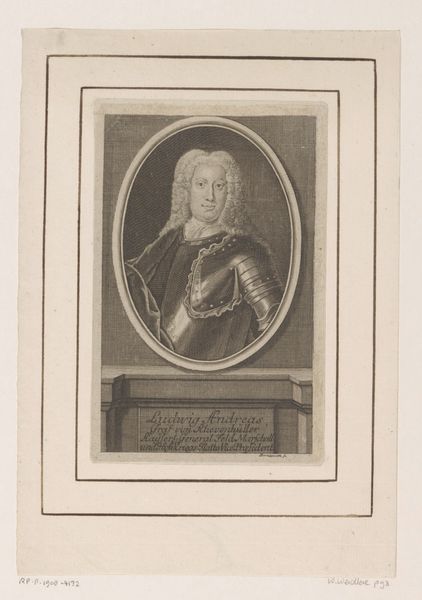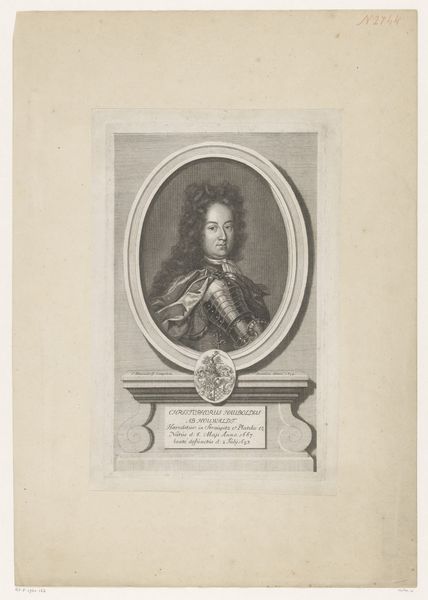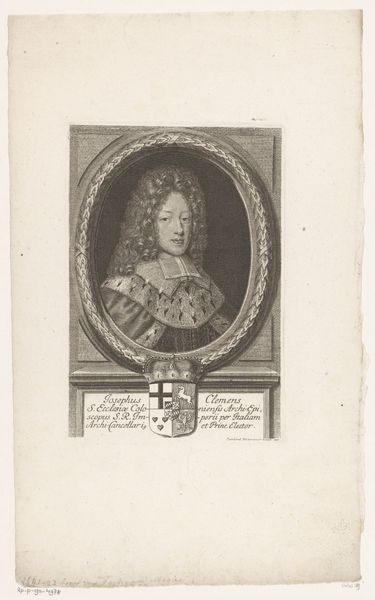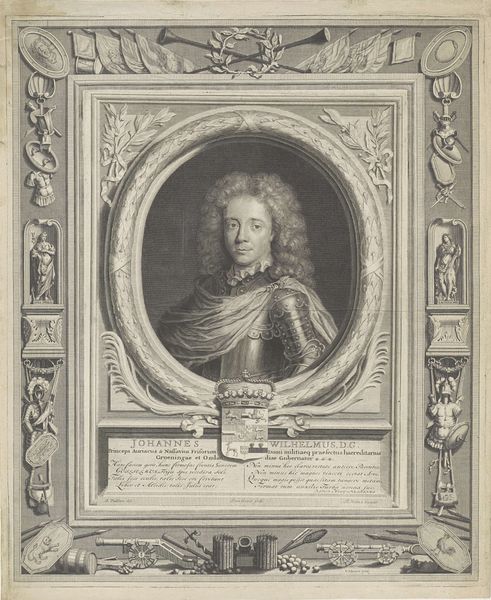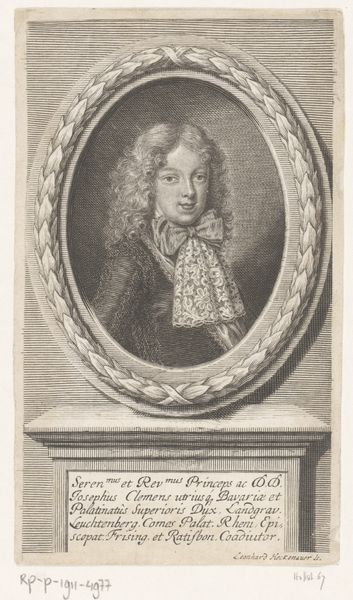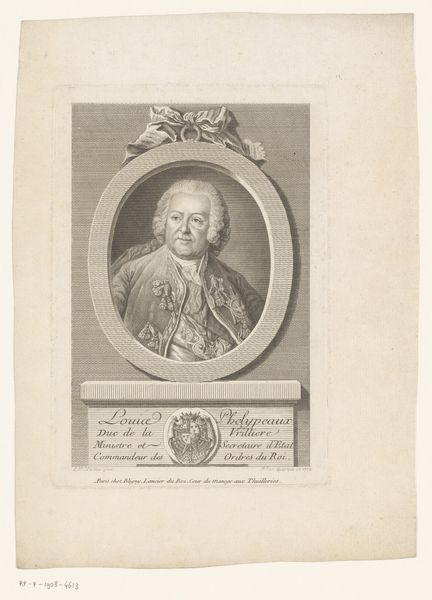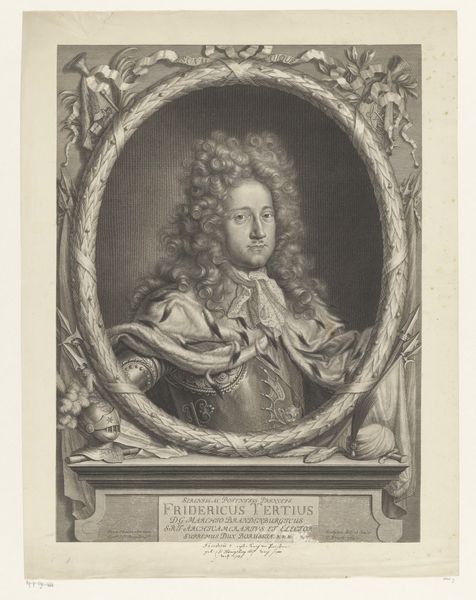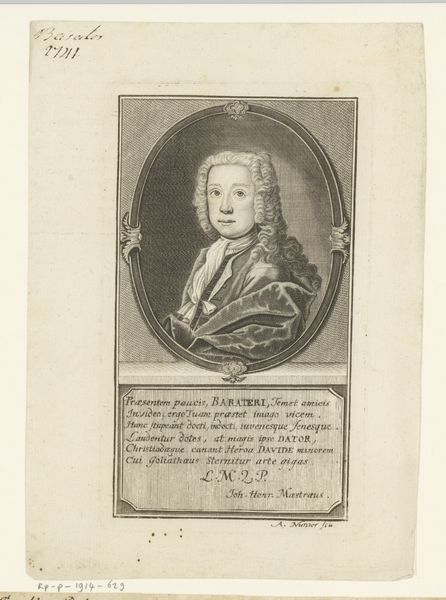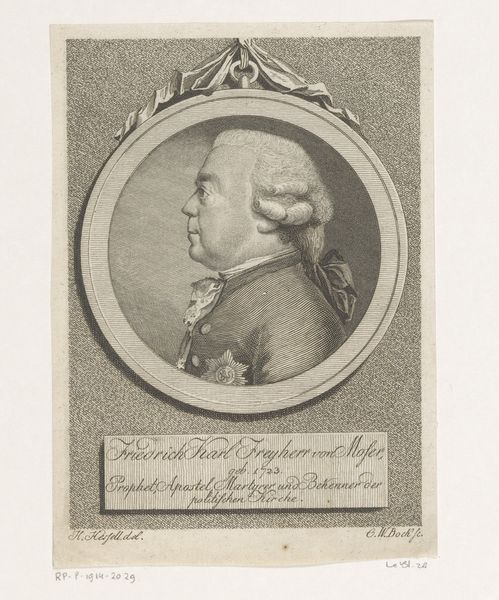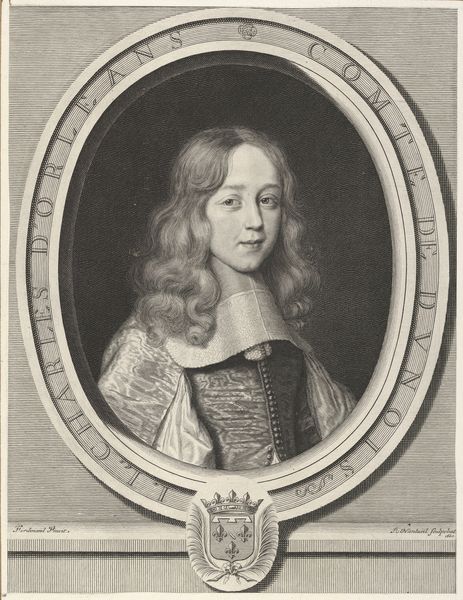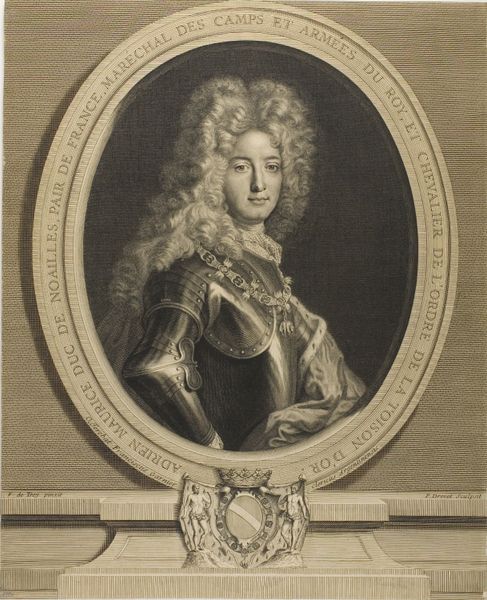
painting, oil-paint
#
portrait
#
baroque
#
painting
#
oil-paint
#
sculpture
#
miniature
Dimensions: height 2.5 cm, width 2.2 cm, height 5 cm, width 3.7 cm, depth 0.4 cm
Copyright: Rijks Museum: Open Domain
Curator: Look at this captivating piece, likely crafted between 1700 and 1725, it's a portrait of John Churchill, the Duke of Marlborough, attributed to Johann Friedrich Ardin. It employs oil paint to capture a miniature depiction of the Duke. Editor: It has an aura of quiet power, doesn't it? The small scale intensifies the Duke's presence; his gaze feels both direct and slightly world-weary. Curator: Absolutely, I think this miniature exemplifies the Baroque portrait tradition but is deeply entwined with its function and status. Considering how this piece might have circulated in court, perhaps as an intimate token of the Duke's influence or a diplomatic offering. Think of the material investment. Oil paint applied with great precision onto, presumably, ivory—a material rooted in colonial power dynamics—then enclosed within an ornamented metallic frame. What narratives does that materiality whisper? Editor: Indeed, this invokes the hierarchies embedded in that period. The very act of possessing such an object signifies belonging to a specific social stratum— access to luxury goods and the privilege of having one’s image immortalized. Beyond just materials, the labor that went into producing this miniature– the mining of the ore to produce the metal for the frame, processing of oil for paint—becomes obscured in the polished final product that venerates only a Duke. How were the artists compensated, or what were their relationships with their aristocratic patrons? These considerations offer ways to interpret artistic expressions as political actions within their unique historical and social contexts. Curator: The artistic decision-making plays its role too: note Ardin's style, for example. By adopting popular portrait conventions that portray the Duke's importance—his fashionable wig, his rich armor and drape, even his cool confidence — he, simultaneously, subtly challenged standard methods of depicting aristocrats. How do these specific visual signals intersect and what class boundaries are they designed to negotiate or overcome? Editor: I agree. Seeing the piece, framed within larger art-historical conversations allows it to exist in new critical space and gives the object agency to convey historical narratives on gender, race, and class. It pushes the work to remain active in shaping dialogue across contemporary and past cultural discourses. Curator: Ultimately, examining the piece invites reflection. It’s an elegant, compelling portrait miniature that challenges conventional interpretations of art history and illuminates aspects of cultural construction. Editor: It really brings forward some challenging social implications of displaying power dynamics that were omnipresent back then. Food for thought.
Comments
No comments
Be the first to comment and join the conversation on the ultimate creative platform.
